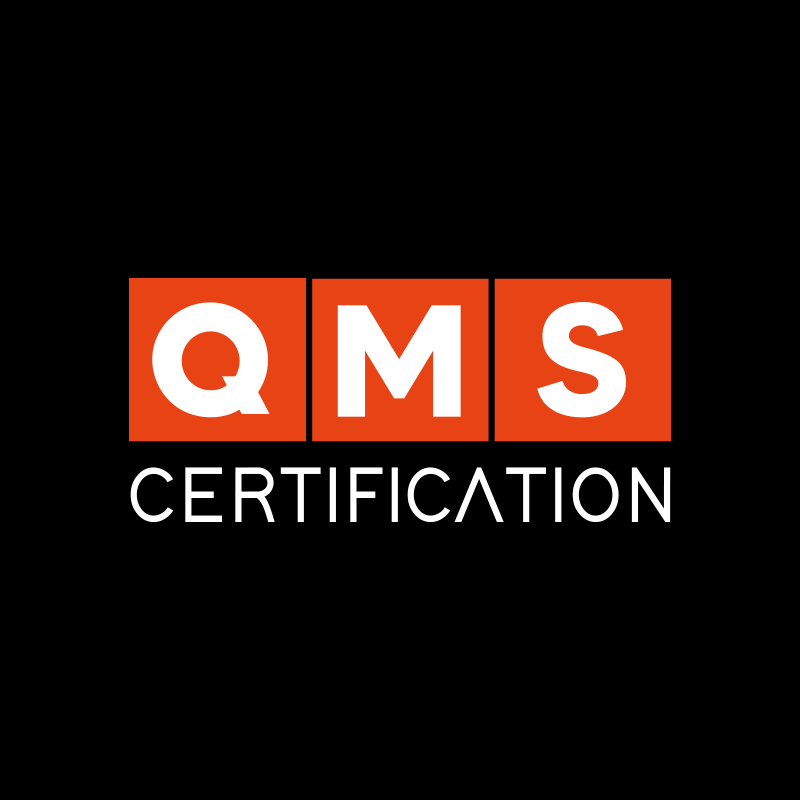Risk mapping became significantly more popular with the release of the latest version of ISO 9001 in 2015. Many companies recognized the importance of this practice—not only because of its value, but also because it became a mandatory requirement for achieving and maintaining certification.
However, even nearly a decade after the publication of ISO 9001:2015, many professionals still have doubts about how to properly conduct risk mapping. After all, it involves several factors and varies greatly depending on the context, which can make this good practice quite challenging.
When risks are not properly identified, companies deal with recurring problems, crises with major negative impacts, and even nonconformities that lead to customer dissatisfaction. That’s why this is a key topic in risk management and should never be overlooked!
For this reason, today’s content will explain how to perform truly effective risk mapping. We’ll provide helpful tips to make your job easier and help your company secure certification and achieve outstanding results. Let’s dive in!
What Is Risk Mapping?
Risk mapping is a process used to identify, analyze, prioritize, and address threats and opportunities within a company. Its main objective is to make the organization more proactive—avoiding problems or creating ways to minimize potential negative effects.
It’s important to note that risk mapping relies on prior information. This background not only facilitates the process but also improves its effectiveness. Therefore, before mapping risks, it’s essential to understand the organization’s internal and external environment, taking into account factors such as strategic objectives, interested parties, and the regulations and standards applicable to the business.
For example, when conducting a SWOT analysis, you’re already engaging in a form of risk mapping. This is because SWOT helps identify threats and opportunities in the external environment. So, your SWOT analysis can serve as one of the inputs for risk mapping.
How to Identify Risks
Since the goal of risk mapping is to list all potential threats and opportunities that may affect the organization’s objectives, there are several effective ways to do this. Here are some of the most common methods:
- Process mapping analysis: When mapping processes, each step and activity is reviewed—this often reveals threats or opportunities. Simply follow the workflow and look for issues or improvement areas.
- Brainstorming with cross-functional teams: Involving the people who perform the tasks daily is highly effective. They are familiar with everyday challenges and may already have ideas for improvement. Gather a strong team and discuss your processes.
- Review of incident history: Past occurrences contain valuable lessons. By analyzing them, you can prevent recurring problems and optimize processes. Look into nonconformities, incidents, customer complaints, and other issues.
- Internal and external audits: Audits are a great time for analysis and reflection, making them ideal for identifying threats and opportunities. Pay close attention to risk mapping during internal audits—this can prevent issues during external audits and protect your certification.
- Structured risk analysis tools: Various tools can help you conduct more effective risk assessments. Consider methods such as FMEA (Failure Mode and Effects Analysis), HAZOP (Hazard and Operability Study), the 5 Whys technique, and even standards like ISO 31000.
To conduct truly effective risk mapping, don’t rely on just one method. The ideal approach is to combine techniques to ensure broader coverage and deeper analysis. For instance, you could begin with a brainstorming session and then move into process mapping with the team.
Assessing Risks and Prioritizing Actions
After identifying threats and opportunities, each risk should be analyzed based on its likelihood of occurring and its potential impact on the organization. This helps you better understand the severity of each risk and determine the priority for treatment.
There are many ways to perform this analysis, and it should be tailored to your company’s context and needs. However, a simple and effective way to categorize risks is with the following scale:
- Low: Low chance of occurring or minimal impact on the company
- Moderate: Possible occurrence or manageable impacts
- High: High likelihood or significant impact on stakeholders
- Critical: Extremely likely to occur with equally large consequences
This allows you to better evaluate and prioritize risks. For example, a risk with a high probability but minimal impact may not require immediate attention, whereas a rare but catastrophic risk should be treated urgently.
While this scale is practical and widely applicable, you may need to customize it based on your organization’s specific characteristics.
Risk Mapping: A Continuous Cycle
More than just a regulatory requirement, effective risk mapping is not a one-time task—it’s an ongoing cycle of identification, analysis, response, and monitoring. This ensures your organization is always ready to face challenges and improve proactively.
Companies must also ensure that everyone involved understands the importance of risk management and is committed to it. This mindset is known as a risk-based thinking approach. But it all starts with effective risk mapping—a deep, structured analysis focused on improving safety and sustainability across the organization.










